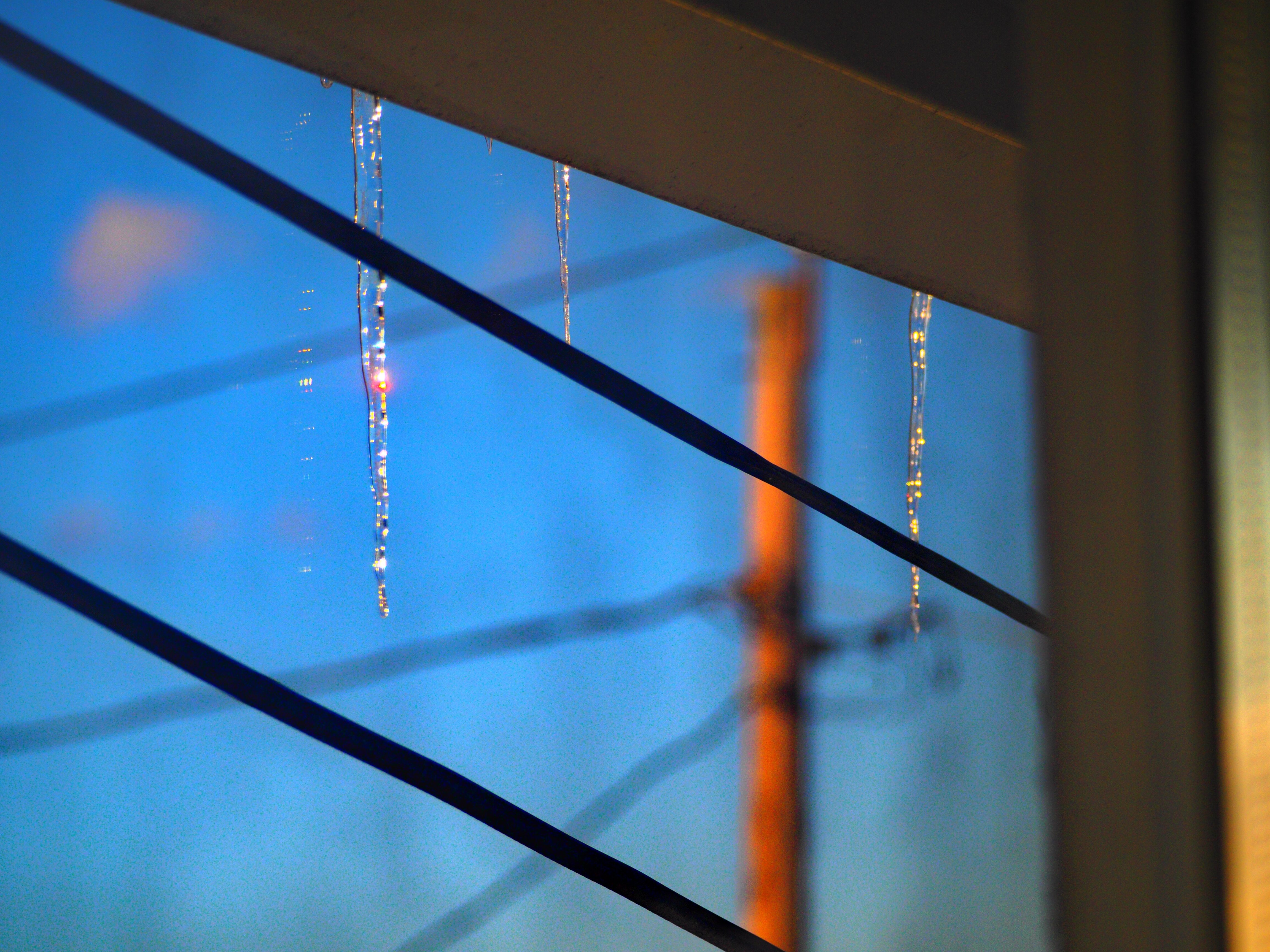-
Posts
44,789 -
Joined
Content Type
Profiles
Blogs
Forums
American Weather
Media Demo
Store
Gallery
Everything posted by LibertyBell
-
Thanks Don, I figured as much, 1948 was not very hot outside of that extreme heatwave near the end of August (I wonder why it happened, there must have been some very anomalous pattern in place. The only other time NYC had three 100+ days in a row was in 1993 and that was a hot summer from beginning to end, very different from 1948.) Don, when you have some time could you do a chart like this for NYC too? I think the top summers would be 2010, 1993, 1953, 1949 and 1983.
-
Thanks Don.... I think 2016 has our new record for 75 degree dew point days, the previous high water mark was 1983 which had the most 90 degree days (until 2010) and the most 75 degree dew point days (until 2016.) I see you mentioned that even though 1948 had its extreme 100 degree heatwave in late August it can't be included because of missing data from earlier in the summer. Is there any way to project what its ranking and score would be by using LGA and NYC to fill in the missing data? Would it make the top 10 do you think Don?
-
Yes 2005 was extremely hot too but lower number of 90 degrees here because of the onshore flow. 2005 was similar to 1988 in that respect. Look how high 1949 ranks on almost every chart, I find that absolutely incredible lol. The rise in summer temperatures isn't a straight line, it's stair step and then a leveling off happens for a few years before the next rise. For us it's been 1949 and then 1983 and then 2010.
-
1983 had the best of both, it had the most number of 90 degree days and the highest number of 75 degree dewpoints at JFK, until 2010 came along. I think 2016 is the new record holder for most number of 75 degree dewpoint days. The summers coming after strong and super el ninos seem to be both extremely hot and exceptionally humid. So are some summers coming after moderate or stronger la ninas (1999 and 2011). It was a very wet year, just coming off the 1982-83 super el nino.
-
Thanks for this Don! I assume this only includes the 3 JJA months? Would 1983 score even higher if September was included? 2010 is so far ahead of every other summer (the only one over 2.0) that I don't think it would be eclipsed even if September were included but 1983 might get close to 2.0. Or does the number of 90 degree days include the months both before and after JJA Don?
-
Yes 2010 really stands out on these color coded charts Don. Don, is there a way to rank summers like we rank winters aka the WSI? If so I'd like to rank summers in terms of extreme temperatures, duration of heatwaves, highest average temperature, highest mins, highest dewpoints, etc. Is there some way to factor in all the dimensions and derive a list of the top 10 summers that excel in all categories? Just based on intuition and my memory of the data I'd like to enter my top 10 in chronological order: Let's start with 1944 since that really stood out from that era. 1. 1944 2. 1948 3. 1949 4. 1953 5. 1955 6. 1966 7. 1977 8. 1983 9. 1993 10. 2010 If it wasn't confined to just 10 I would have added a few more-- 1980, 1988, 1991, 1995, 1999, 2002, 2005 Maybe we should do a Top 20 instead lol
-
Thanks Don, it looks like the 1948-1949 period was the hottest until 1983-84 and then 2010 which really stands out. Since then, hotter periods are happening more often although not to the extreme level of 2010. Don, is there any way to ascertain if 1944 would have been hotter than the 1948-49 period even though there were no instruments there in 1944? Did Newark or LaGuardia have data going back to 1944? I know Central Park does, I think they were hotter in 1944.
-
It's true but at the same time rclab, most of us had not seen triple digit temperatures between 2013 and 2025. This is the first time I've seen triple digit temperatures since 2013. And the same is true of Philly, NYC, JFK and PHL were all at record long 100+ degree temperature droughts. Our shortest gap between triple digit temperatures actually happened between the 1940s and 1960s, since then the return period between triple digit temperatures has been widening, with the gap between 2013 and 2025 the longest to date.
-
Don this matches my experience of 1983 and 2010 being the two hottest summers of my lifetime. I see Central Park was extremely hot in 1966 too (as was JFK). Can you extend this further back to the beginning of the climate history of JFK which is 1948 (I wish it was 1944 lol). I know 1949 and some of those 1950s summers were all extremely hot.
-
Yes, the hotter places are hot as usual, not so hot for the rest of us. I finally made it to 90 today for the first time this week. It's not warm at night either, I turn off my a/c in the middle of the night. I know New Jersey has a radically different climate from the rest of us (in the winter and the summer) but for us the 1990s and 2010s (at least the first half) were much hotter. This decade the extreme heat is confined to areas away from the coast (except for that late June heatwave.) For us climate change is much more about higher humidity than it is higher summertime temperatures.
-
The longer nights do make it cool down more than it did in June and July though. I don't keep my a/c on all night like I did in those months. That said, it came back on at 11 am today, it's really humid even without any sun.




